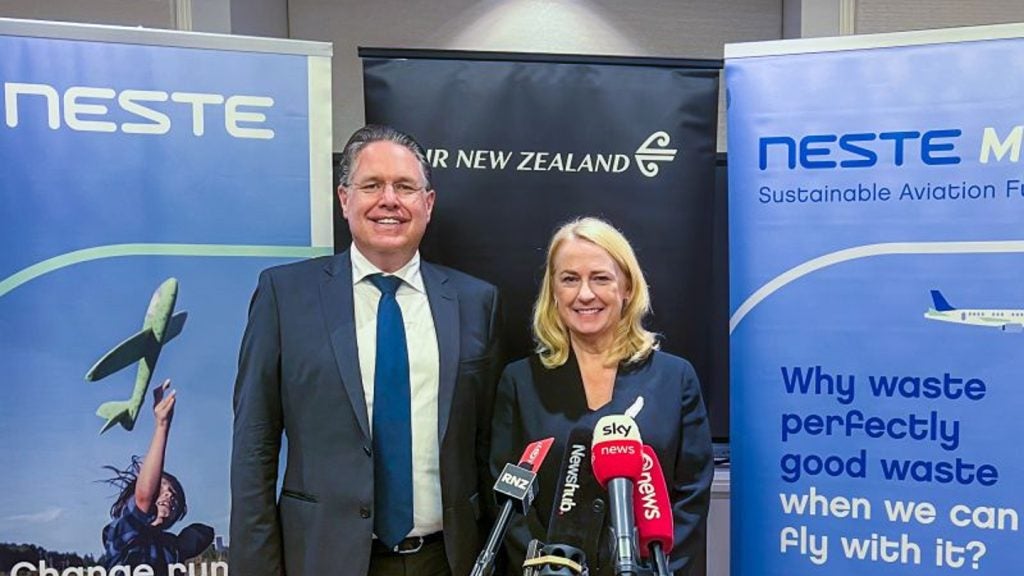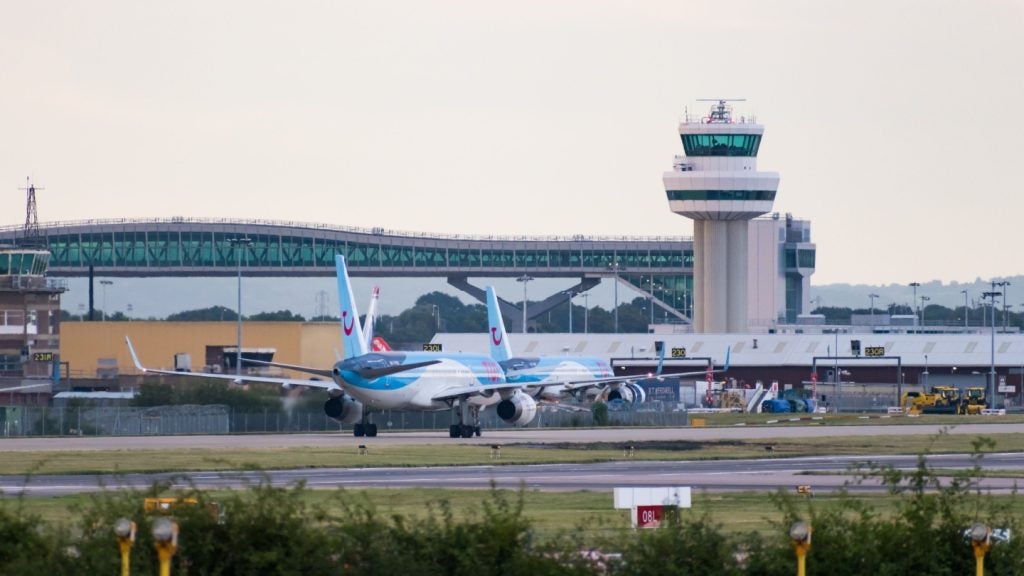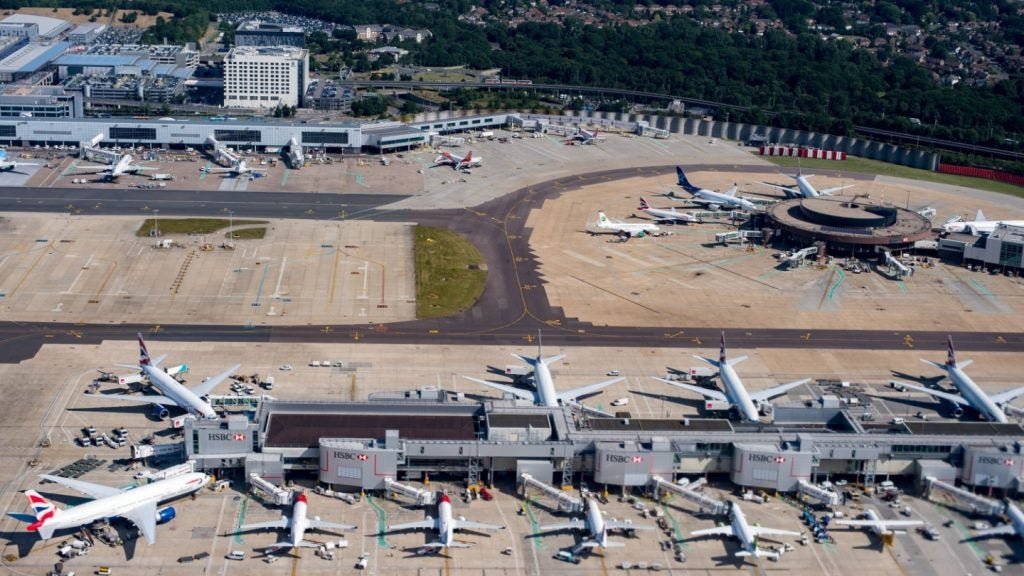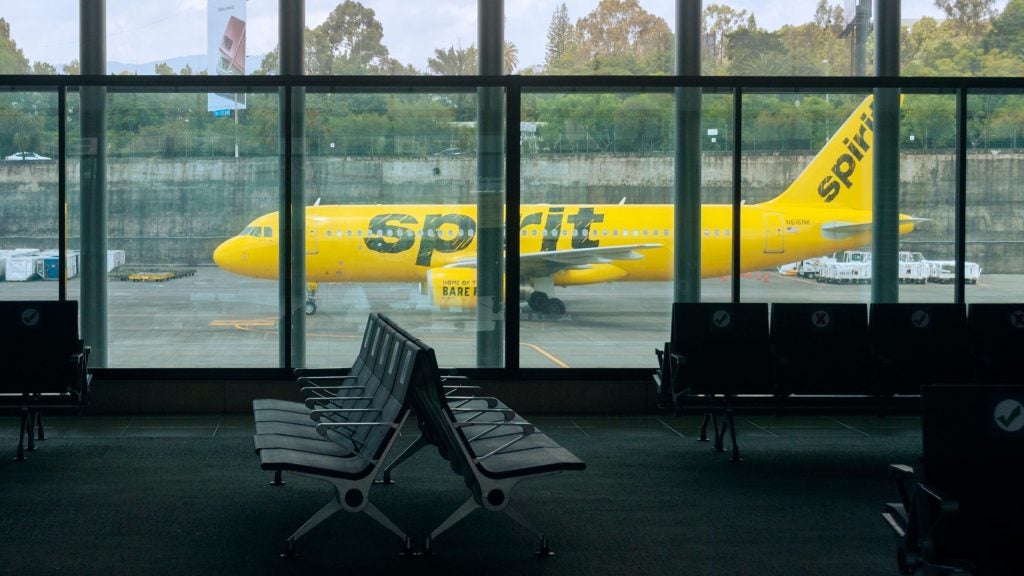
The world over, airports are faced with a squeeze on capacity as passenger numbers and cargo volumes continue to grow. Recognising the urgent need to increase capacity, many airports have invested heavily in long-term planning and construction projects, but the real challenge comes in managing existing services during the redevelopment.
The major expansion programme currently being carried out by the Port Authority of New York and New Jersey (PANYNJ) exemplifies this challenge. The port authority operates some of the busiest transportation links in the eastern part of the US, including John F Kennedy International (JFK), Newark Liberty International, LaGuardia and Teterboro airports, and Downtown Manhattan Heliport.
It has also recently purchased Stewart International airport in upstate New York.
However, it is not solely responsible for airports. Its many other responsibilities include the AirTrain services to JFK and Newark, the George Washington Bridge and Bus Station, the Lincoln and Holland tunnels, three bridges between Staten Island and New Jersey and the Port Authority Trans-Hudson (PATH) rapid-transit system.
“There has been significant growth at all airports, and in our three main airports alone we already handle 104 million passengers, with the number set to rise to 127 million by 2016. That is a substantial uplift over ten years,” says Colin Smith, the regional director of PANYNJ.
See Also:
DEVELOPMENT CHALLENGES
How well do you really know your competitors?
Access the most comprehensive Company Profiles on the market, powered by GlobalData. Save hours of research. Gain competitive edge.

Thank you!
Your download email will arrive shortly
Not ready to buy yet? Download a free sample
We are confident about the unique quality of our Company Profiles. However, we want you to make the most beneficial decision for your business, so we offer a free sample that you can download by submitting the below form
By GlobalDataThe size of redevelopment projects and the nature of the airline industry demands close cooperation between many agencies, airlines and community groups. This represents a challenge for a new development like Stewart, but is much more complex when it comes to an airport such as JFK.
Managing major redevelopment work while keeping busy airports operating smoothly all comes down to planning.
“Planning and management is what PANYNJ is good at. An airport must operate while work is being done. Lots of constituents and government agencies have a say in the process and need to be satisfied, as do the customers of the airlines. A lot of our focus is on keeping our airports operating,” says Smith.
This includes managing major disruptions to redevelopment, as happened after 9/11, when airlines faced cash flow problems and many projects were frozen. “Some things you can’t control, but we keep a lot of people at work on planning and real estate issues,” says Smith.
With so many crucial assets to manage, planning is a key strength at the port authority, particularly since any redevelopment programme must be scheduled over many years and any long-term project can be hit by setbacks. The latest programme, involving major works at the Port Authority’s airports, has tested this planning capability.
“If you go back to 2001, when the Port Authority began a lot of the reworking of plans for its airports, you can see that a lot has happened since then in terminal development, landside infrastructure and transport links to cities in the region,” says Smith.
INVESTING BILLIONS
JFK has been the focus of much redevelopment, under the port authority’s multi-billion dollar programme. The staged renewal of terminals began with the rebuilding of terminal 1. The reworking of terminal 4, the international arrivals building, was completed in 2004; since then work has begun on terminal 7, operated by BA.
In 2002, JFK’s terminal 5, formerly owned by TWA, closed to make way for the construction of an entirely new facility with 26 gates for JetBlue Airways. American Airlines is rebuilding its existing terminals, which will eventually be consolidated into a single terminal 8. Further down the line, discussions with Delta Airlines could result in a resumption of work on terminals 2 and 3.
Plans for additional facilities, including the reconstruction of short-stay parking garages close to the terminals, are also in place.Smith feels, however, that the most significant development has been the AirTrain, which was entirely funded by the port authority.
This high-level loop train links terminals, car parks, the MTA Long Island Rail Road (LIRR) train, the MTA New York City Transit (NYCT) subways and local bus services. Operating 24 hours a day, it also provides an intra-airport service between airline terminals, rental car facilities, hotel shuttles and parking facilities. In total, the port authority expects a further $4bn to be spent by 2016.
“Newark Airport has also seen major work on terminal B, where the arrivals area has already been completed, and there are plans under discussion for the reworking of LaGuardia’s central terminal. The process of expansion has been going on for six years but we know that we need to do more than work on terminals. That is why we acquired Stewart Airport,” says Smith.
DELAYS
The port authority has received criticism over delays, particularly at JFK and Newark. The cause of the problem, however, is outside its remit.
“Delays are a big issue at the moment in the US, specifically at Newark and JFK last winter. The delays are due to the scheduling of flights. The Federal Aviation Administration has relaxed restrictions on slots, so airlines can do what they like,” says Smith.
“Airlines have all targeted the most desirable windows during the day, when there is a lot of inbound domestic traffic and also a lot of European and Middle Eastern airlines wanting turnaround. We’ve tried to accommodate it, but the problem is with the FAA and the flight patterns. We’ve had a lot of criticism, but in areas where we have no control,” he says.
The port authority will keep focusing on its responsibilities, doing what it can to relieve delays and provide extra capacity at all its airports. Its strengths in project management and cooperation with industry stakeholders will serve it well.







